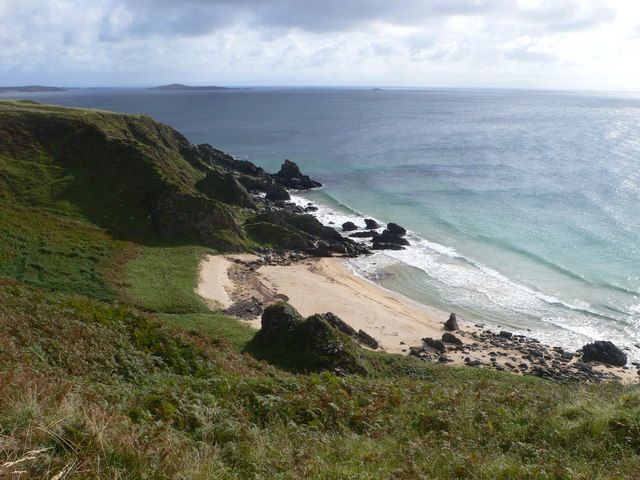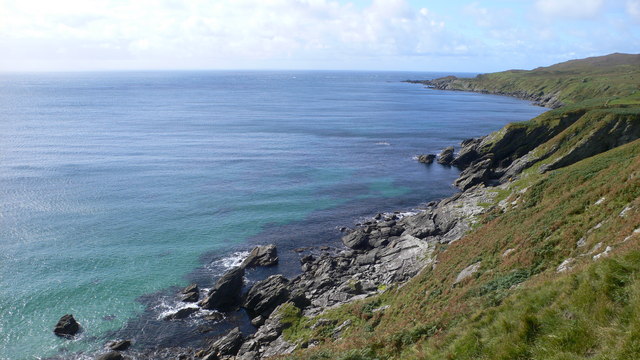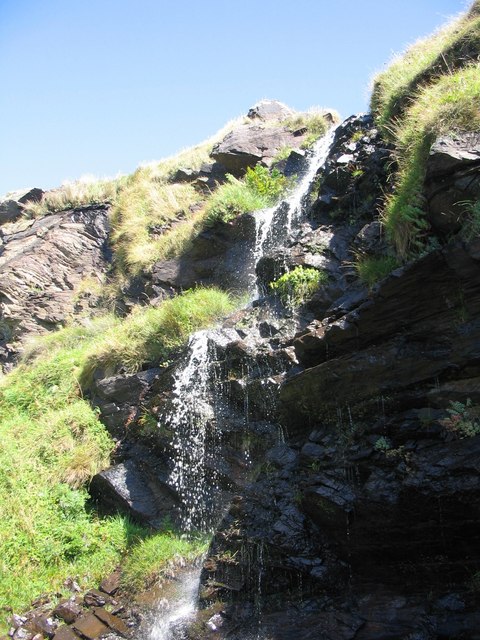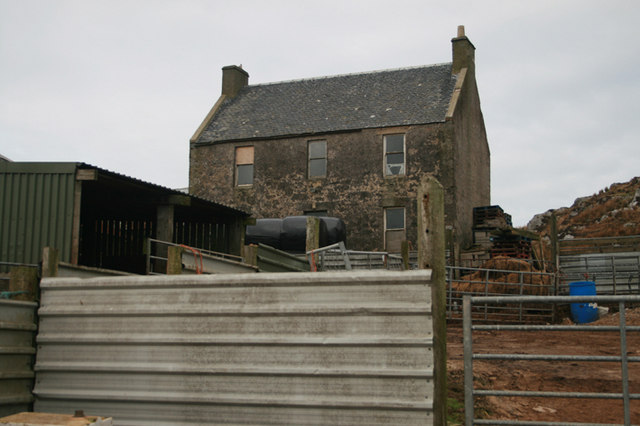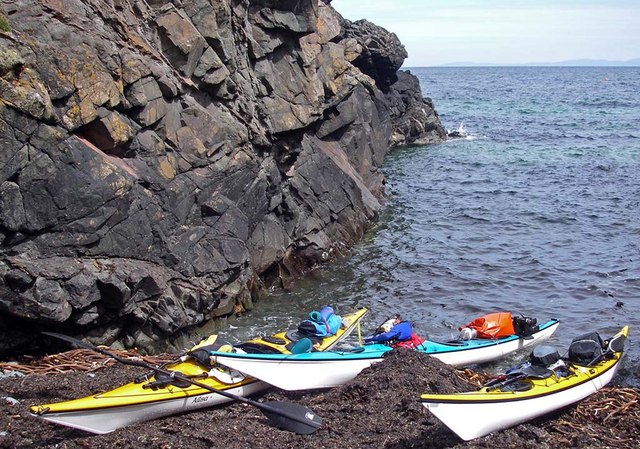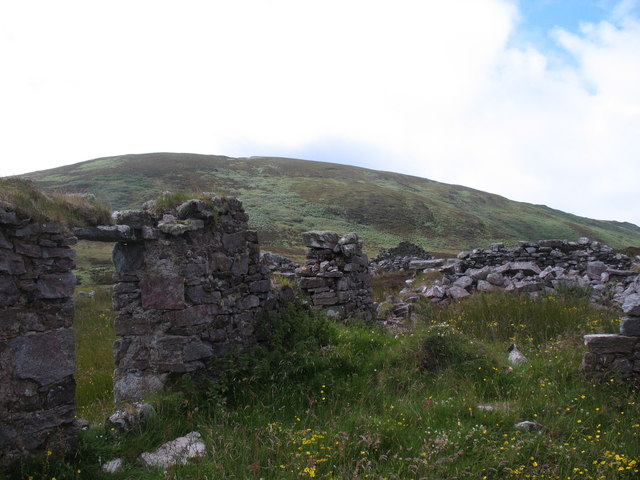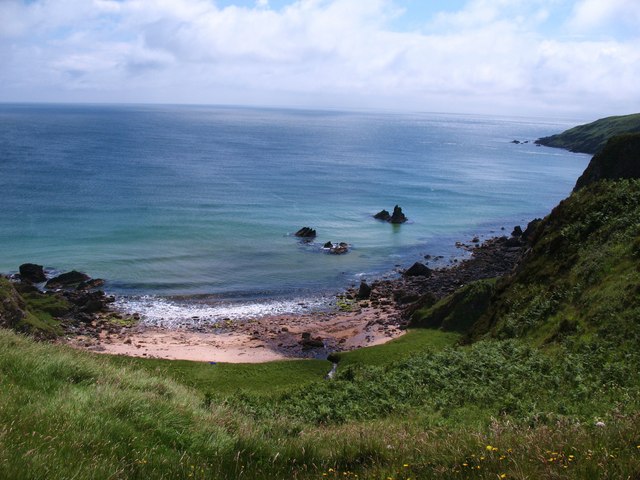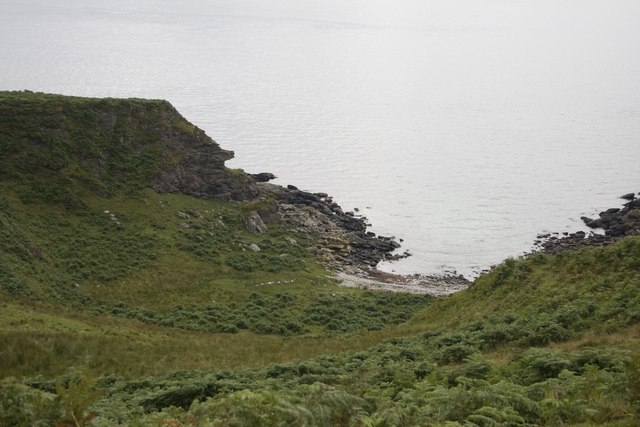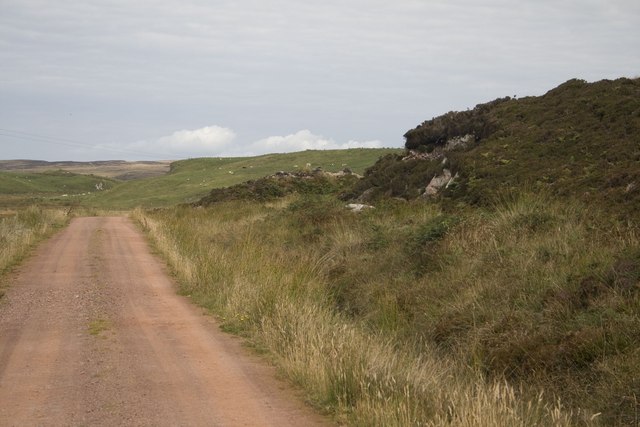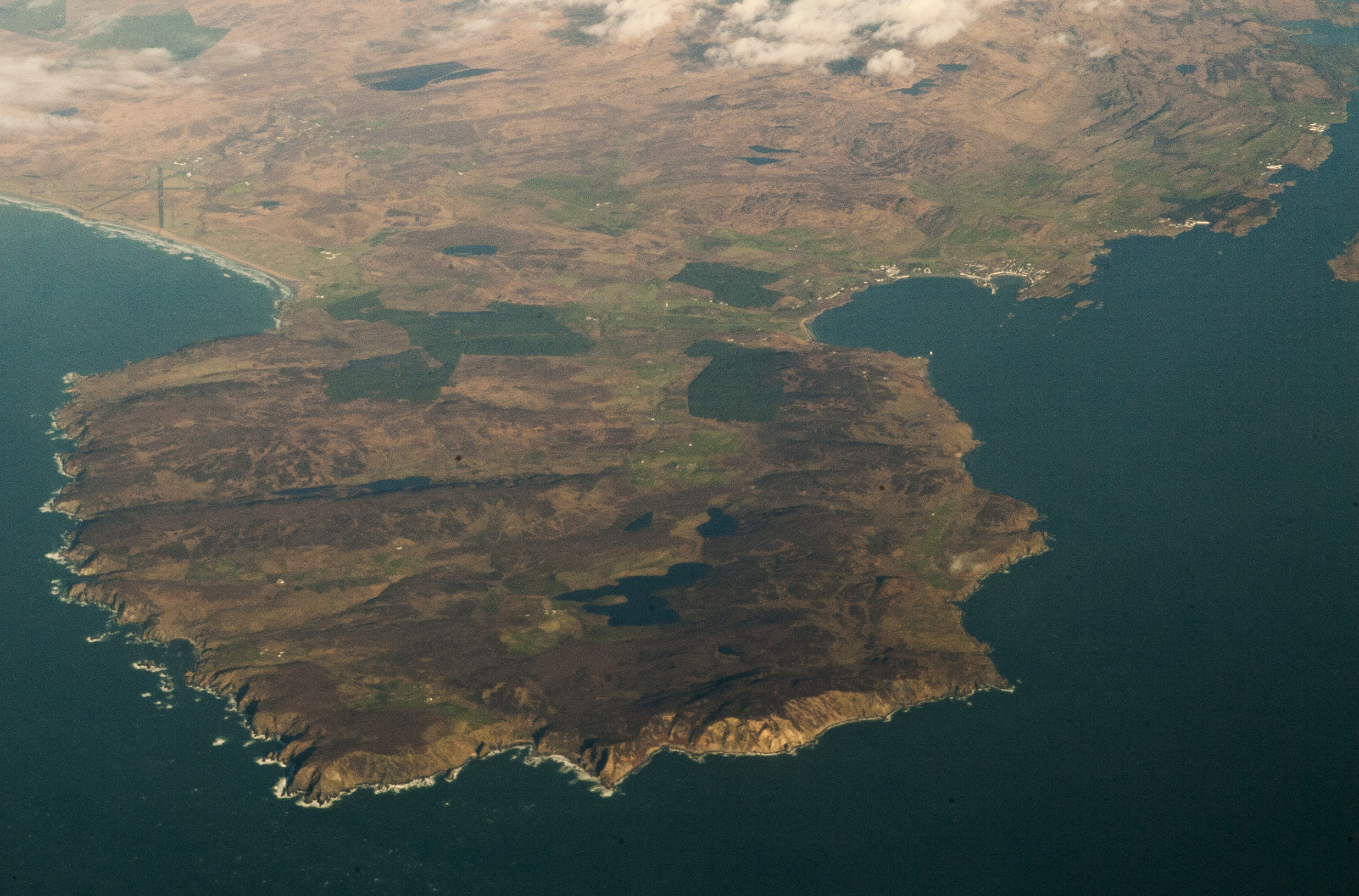An Sgonnag
Coastal Feature, Headland, Point in Argyllshire
Scotland
An Sgonnag
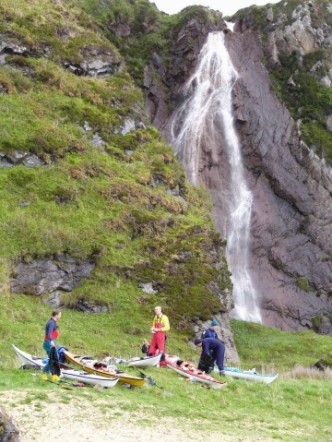
An Sgonnag is a prominent headland located in Argyllshire, Scotland. Situated on the western coast of the country, it juts out into the Atlantic Ocean, offering spectacular views of the surrounding landscape. With its rugged cliffs and rocky terrain, An Sgonnag is a striking coastal feature that attracts both locals and tourists alike.
The headland is characterized by its steep slopes and high elevation, making it a prominent landmark in the area. The cliffs that line the coastline are composed of ancient rock formations, displaying layers of sedimentary deposits, providing a glimpse into the geological history of the region.
An Sgonnag is also known for its diverse wildlife. The surrounding waters host an abundance of marine life, including seals, dolphins, and various species of seabirds. Birdwatchers often flock to the headland to catch a glimpse of the resident puffins, gannets, and guillemots that nest on the cliffs.
For outdoor enthusiasts, An Sgonnag offers excellent opportunities for hiking and exploration. There are several walking trails that wind their way along the headland, providing visitors with breathtaking panoramic views of the ocean and the surrounding countryside. The headland's location also makes it a popular spot for fishing, with anglers often casting their lines from the rocky shores.
Overall, An Sgonnag is a stunning coastal feature that showcases the natural beauty and diversity of the Argyllshire region. Its dramatic cliffs, diverse wildlife, and scenic views make it a must-visit destination for nature lovers and outdoor enthusiasts.
If you have any feedback on the listing, please let us know in the comments section below.
An Sgonnag Images
Images are sourced within 2km of 55.594873/-6.2357349 or Grid Reference NR3341. Thanks to Geograph Open Source API. All images are credited.

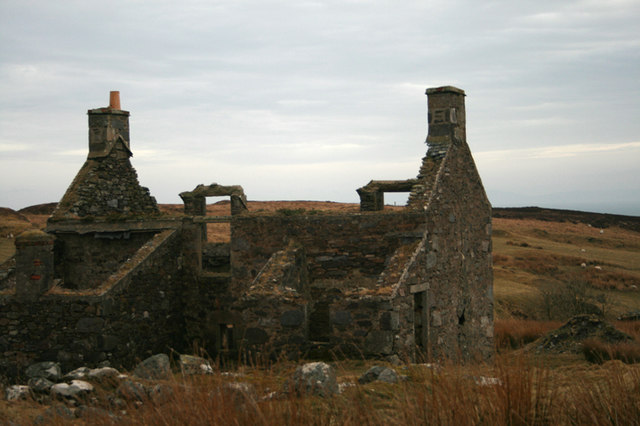
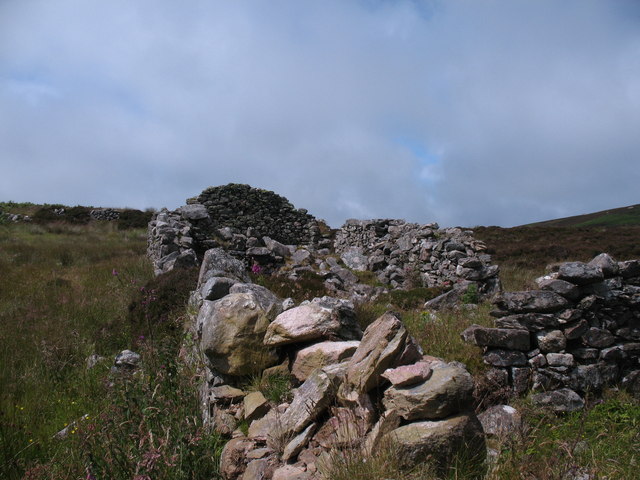
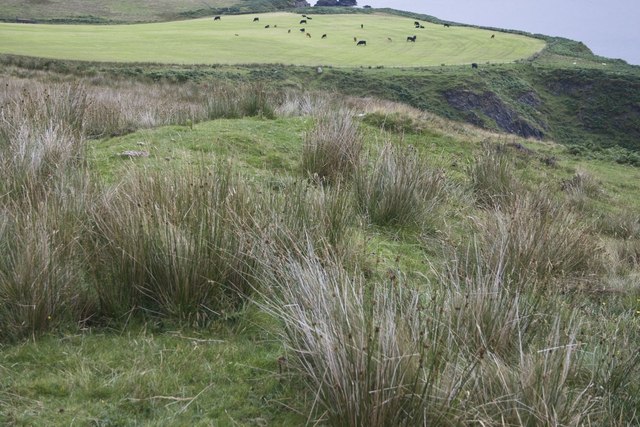
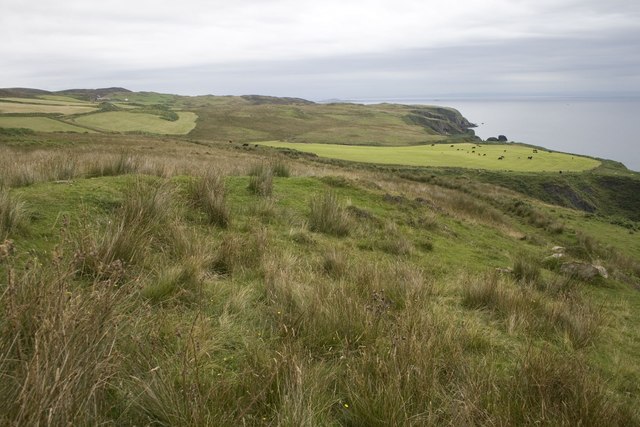
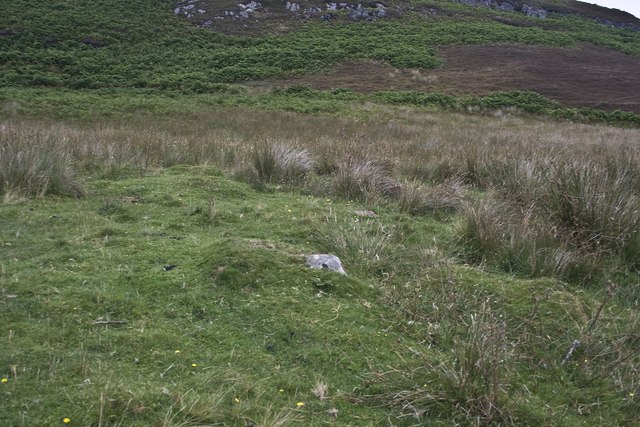
An Sgonnag is located at Grid Ref: NR3341 (Lat: 55.594873, Lng: -6.2357349)
Unitary Authority: Argyll and Bute
Police Authority: Argyll and West Dunbartonshire
What 3 Words
///overt.setting.masses. Near Port Ellen, Argyll & Bute
Nearby Locations
Related Wikis
The Oa
The Oa ( OH) (Scottish Gaelic: An Obha) is a rocky peninsula in the southwest of the island of Islay, in Argyll, Scotland. It is an RSPB nature reserve...
Eas Mòr, upper
Eas Mor is a waterfall is a waterfall on the Abhainn Ghil on the island of Islay in Scotland. It lies on The Oa peninsula south of Giol and west of Lenavore...
St John's Church, Port Ellen
St John's Church, Port Ellen is a Category B listed building in Port Ellen, Islay, Argyll and Bute, Scotland. == History == The memorial stone for the...
Port Ellen distillery
Port Ellen distillery is located in Port Ellen on the isle of Islay, Scotland. Port Ellen distillery reopened in 2024 after being closed since 1983....
Have you been to An Sgonnag?
Leave your review of An Sgonnag below (or comments, questions and feedback).

